Road Saw:How Does It Work,How To Use,Why To Use
Concrete cutting is often required in rigid pavements. It is a laborious and tedious process and requires machine assistance for performing it. These cuts are usually made using the road saw. In this article, we will discuss how does a road saw works, and how it can cut the road.
Contents
What Is a Road Saw
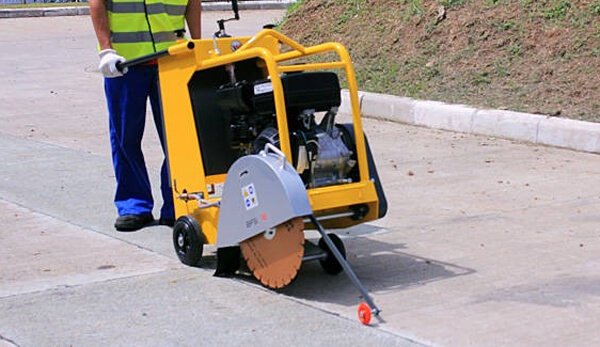
Road saws (also known as concrete saws, cutting saws, slab saws, floor saws, or quick cuts) can be used for cutting concrete, brick, asphalt, tile, and other solid materials.
Small hand-held saws, chop-saws, and big walk-behind saws or other models are available, and they are powered by gasoline, hydraulic or pneumatic pressure, or electric motors.
Concrete, asphalt, stone, and other materials can be cut with a diamond saw blades on concrete saws. Cutting stone and steel is possible with abrasive cutoff wheels. To reduce dust and prolong the blade’s life, the blades must be cooled when cutting concrete.
There are several things to keep in mind when caring for the blade. Making sure you have the right blade for the job is very important. It is important to match the blade to the application and let the saw do its job when renting the saw to a customer. Make sure to check the blade and arbor of your saw for tightness and condition before.
A saw’s performance is primarily determined by the belts and blade. As a result of slipping belts, cutting speeds will be slower, and a loose drive change will affect feed rates. Make sure your concrete saws are well cared for and maintained.
How Does a Road Saw Work
Road Saw is a strong abrasive blade attached to a motor, which spins the blade. As the blade spins so does it cuts the surface underneath it. The motor can be powered by both gasoline or a battery.
The electric versions are of course quieter. There are various types of controls attached to the motor to adjust blade speed.
Equipment used for sawing can range from small to quite large. A typical categorization is
- Small saws: Power ranges from 6 kW to 13 kW and is most commonly used for dry sawing. The light weight saws used for early saw cuts are considered small saws.
- Medium saws: Typically used in wet sawing applications, medium saws have a power range of 15 to 28 kW.
- Large saw: Wet saws typically have a power range of 50 – 55 kW, and are best used for wet cutting. Because of their size, these saws are often used on longitudinal joints where their lack of maneuverability isn’t a problem.
- Span saws: Most commonly used for wet sawing, span saws have a power range of 50 – 150 kW. Multibladed span saws are commonly used for high-volume applications.
How To Use a Road Saw
Joints are generally sawed in two passes. The first is to control shrinkage cracks with a thin initial cut. In order to avoid permanent slab damage, this joint cut must be made at the right time.
The joint is then made wider by making a second, wider cut over the first in order to accommodate joint filler. Considerations to keep in mind when cutting joints include:
- The window for sawing: As a result, slab damage from shrinkage cracking, improperly loaded slabs, or spalling of cut joints is prevented.
- Location of joints: Contractions joints are cut over interior dowel bars. Unless these locations are marked, joints may not be cut at the midpoints of the dowels, resulting in excessive stresses on slabs and dowel bars.
- Cleaning joints: There will be some debris generated during joint cutting. It is important to wash this debris out after sawing in order to prevent joint stress or faulting. It is recommended that joints be abrasively cleaned before sealing to ensure a good bond between the joint sealant and the surface. To provide a clean bonding surface, the residue from the abrasive cleaning should be blown out.
Following are a few tips for using the road saw:
- Check that the water runs all the way down to the blade if you’re using water-cutting equipment.
- Walk or move the equipment following the chalk mark after the blade reaches the required depth.
- Saw blades should not be twisted.
- The blade should not be spinning in the cut since this will increase wear on the bond.
- Use blades with soft metal segments when cutting concrete with heavy rebar.
- Take precautions to protect yourself by wearing PPE.
- As a general rule of thumb, joints should be cut one-quarter to one-third of the slab thickness. The depth of cut for a 6-inch slab is 1.5 to 2 inches. Be sure to cut to the specified depth by a structural engineer. Loads will not be transferred effectively if the joint is too deep. Shallow saw cuts may cause random cracks.
Why Is Saw Cutting Done In Concrete Roads
In concrete, saw cuts are used to create control joints, which help control where cracks occur due to shrinkage.
Concrete should be cut at a predetermined spacing and only after it has gained sufficient strength, but before internal cracking begins. The timing of saw cuts is therefore critical. Cuts are made according to many factors, including the type of admixtures and aggregate used, the temperature of the surrounding air, and the mix design of the concrete.
As well as the concrete mix and weather conditions, the hardness of the concrete and the type of cutting equipment are other factors that determine when to saw concrete. By cutting too early, the saw blade pulls the aggregate out of position, creating a messy, weak edge along with the cut. Diamond concrete saw blades are also subjected to this undo wear. In the case of cutting too late, concrete can contract uncontrollably during curing, resulting in uncontrollable cracking.
During hot weather conditions, saw cutting may begin as soon as four hours after the concrete has been poured. It is best to make trial cuts to check for raveling before sawing in cold weather. A slab is ready for sawing 12 hours after it has been poured. Once the raveling stops, saw cutting should start.
Contractors sometimes delay cutting to reduce blade abrasion and protect their equipment. Based on the type of concrete and how soon the cuts can be made, several types of saw blades can be used. Some of the other factors that can cause blade raveling and excessive wear include:
- Too much pressure on the blade
- when cutting at high speeds
- when using a saw with a bent spindle
- improper blade selection
Conclusions
In rigid pavements, concrete cutting is often necessary. Concrete control joints are created through saw cuts, which help control cracks that occur due to shrinkage. This is a tedious and laborious process that requires machine assistance. Road saws are usually used for this task. There are small hand-held saws, chop-saws, and big walk-behind saws, and they are powered by gasoline, hydraulics, pneumatics, or electric motors. Belts and blades determine the performance of a saw. If the belts slip, cutting speeds will be slower, and a loose drive change will affect feed rates. Keep your concrete saws well maintained.
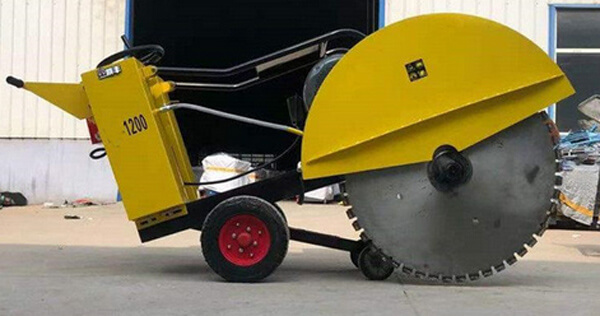
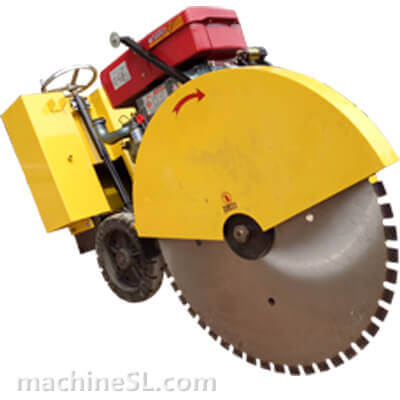
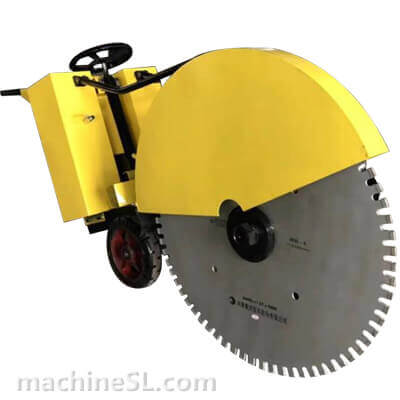
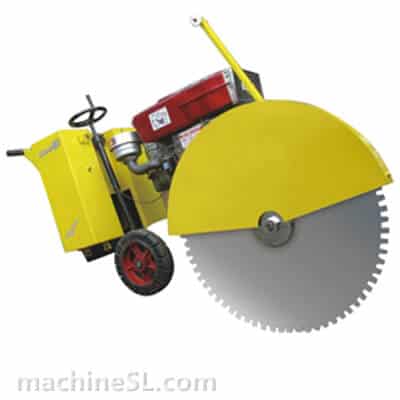
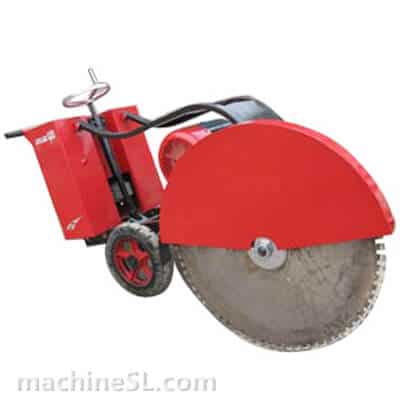
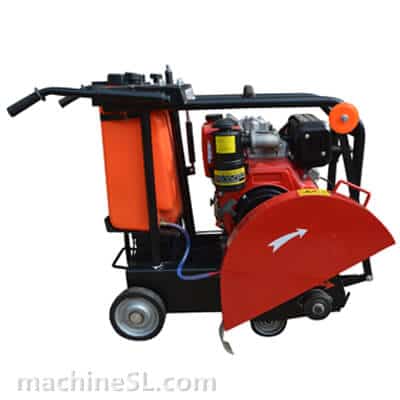
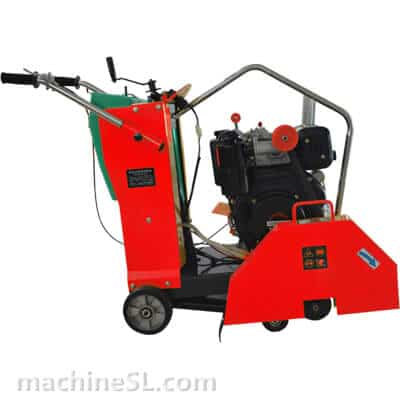
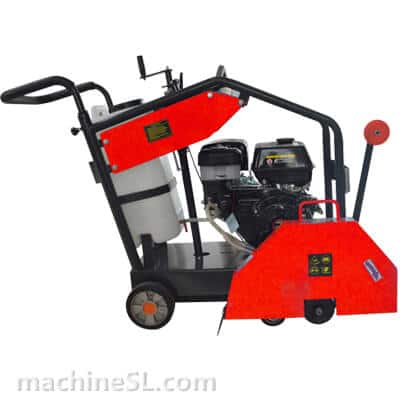
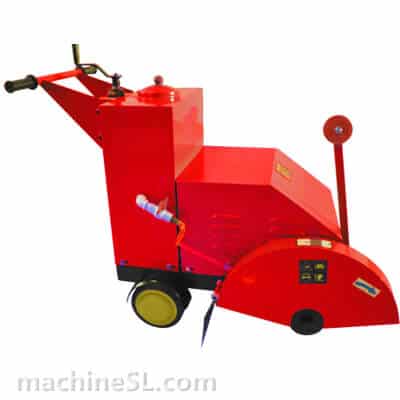
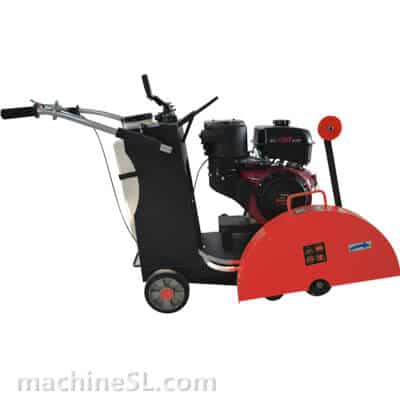
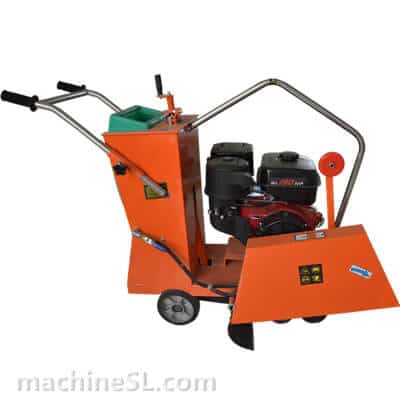
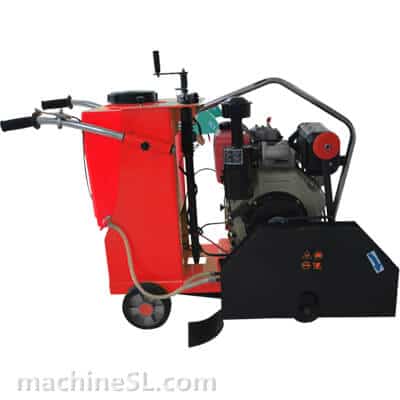
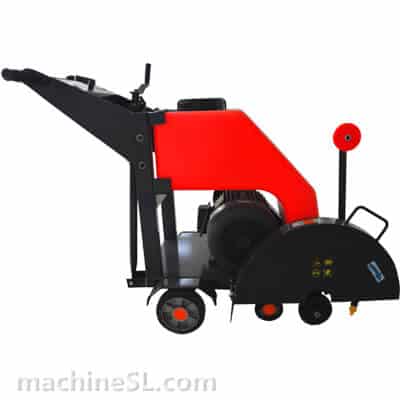
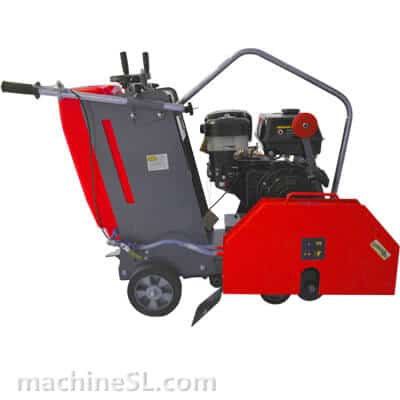
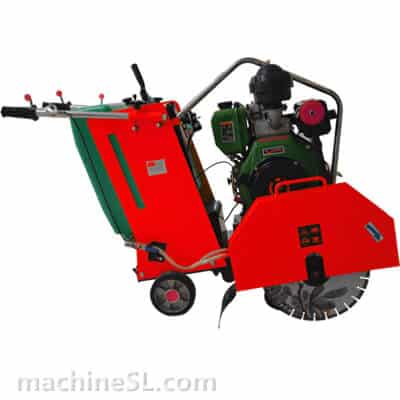
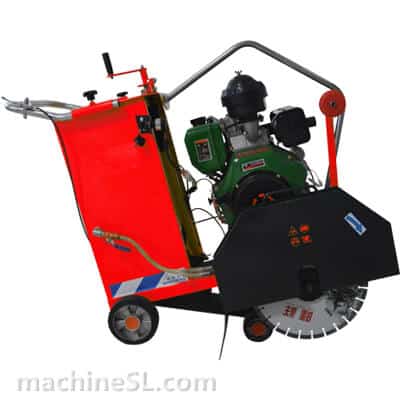
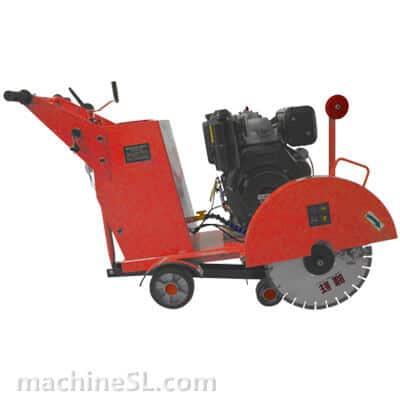
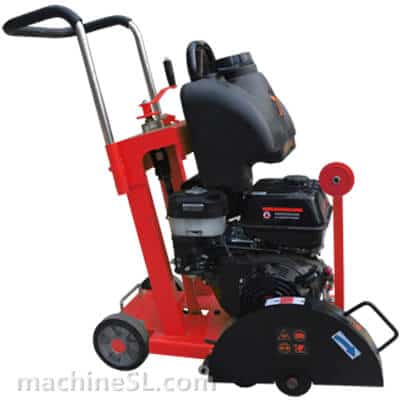
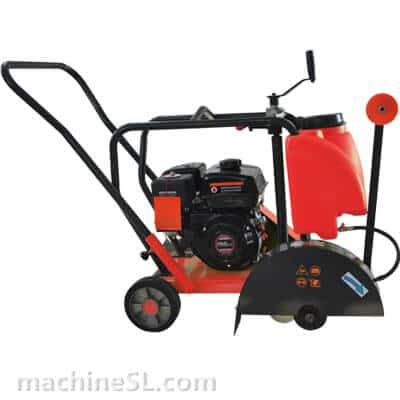
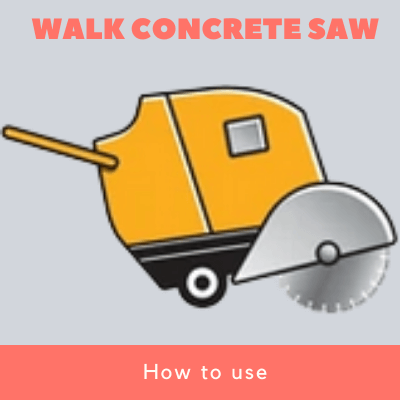
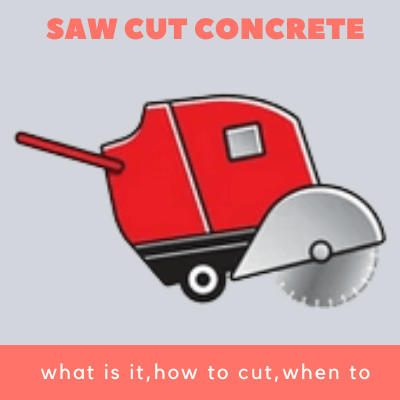

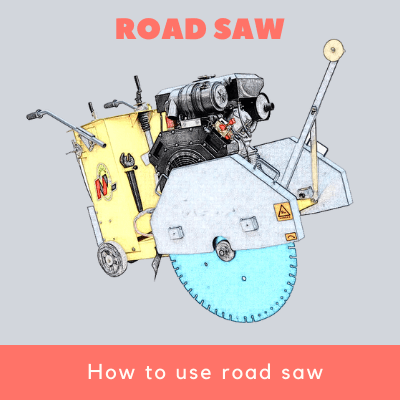
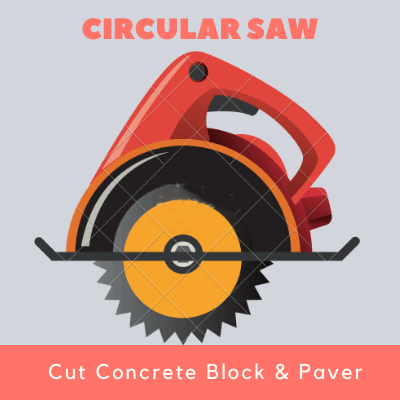
Hi, Hope you are well and staying safe. Thanks for sharing valuable content.
thanks
It’s a good article and very helpful. I hope everything is good and safe for you. Thanks for giving such useful information.
Thanks for sharing your detailed guide. Road Saw is a strong abrasive blade attached to a motor, which spins the blade.
I appreciate you bringing to my attention that control joints are made in concrete using saw cuts to assist manage where shrinkage-related fissures appear. I want to extend my sidewalk and build a countertop. I need to find a reliable concrete cutting service to assist me with the renovation.
thanks, let’s keep in touch by email